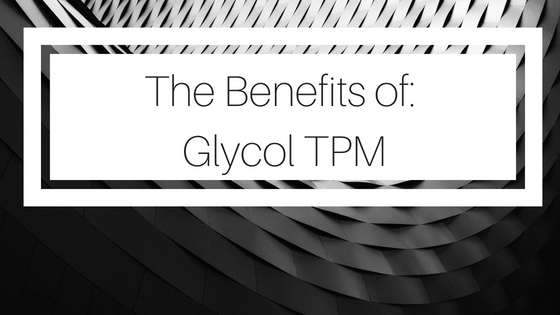About IPA 99% Isopropyl Alcohol 99% can be utilized for a variety applications. It is very useful for both professional and consumer use. IPA 99% is a highly effective industrial cleaner and degreaser. IPA 99% is incredibly fast drying and possesses powerful solvency....












